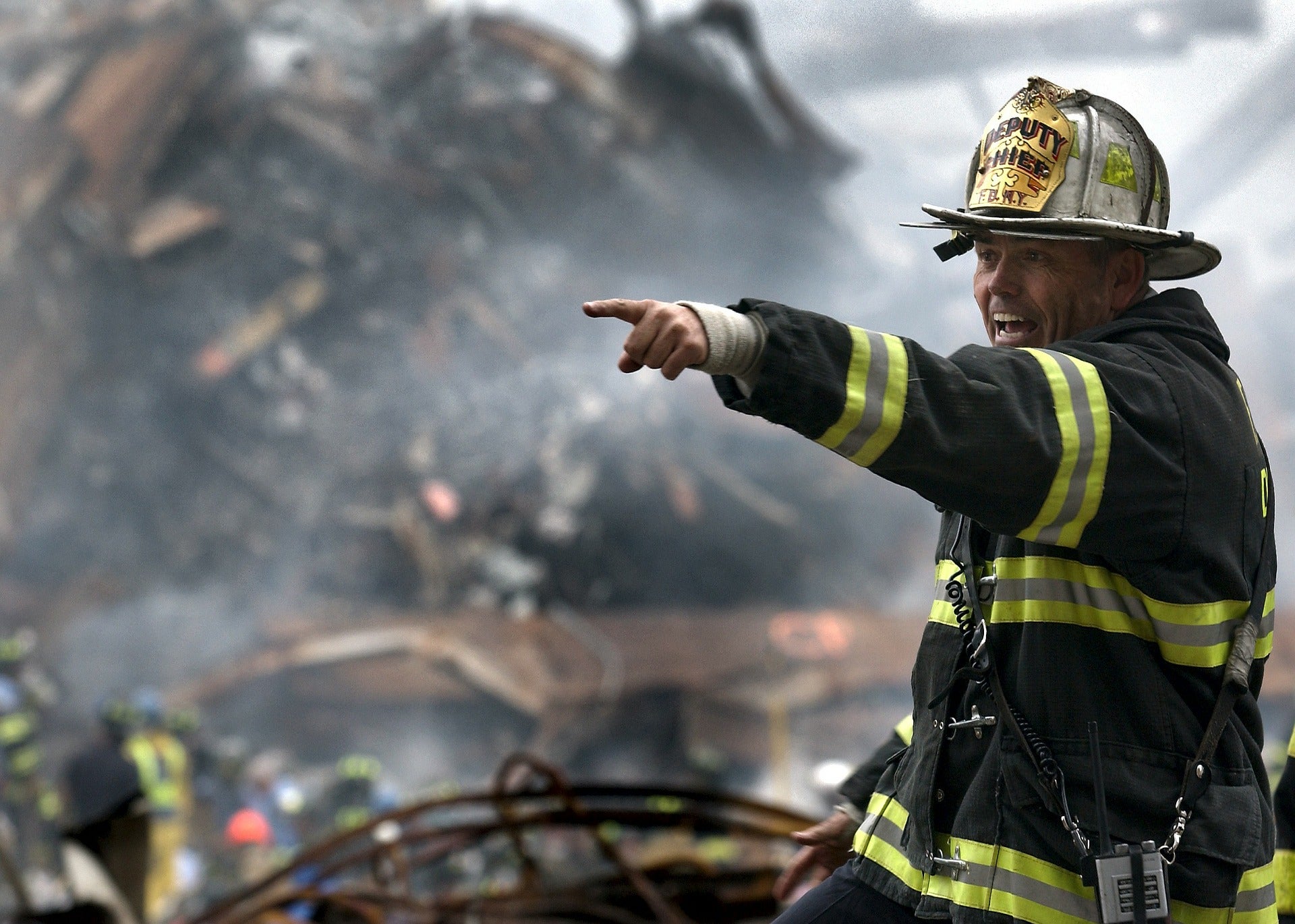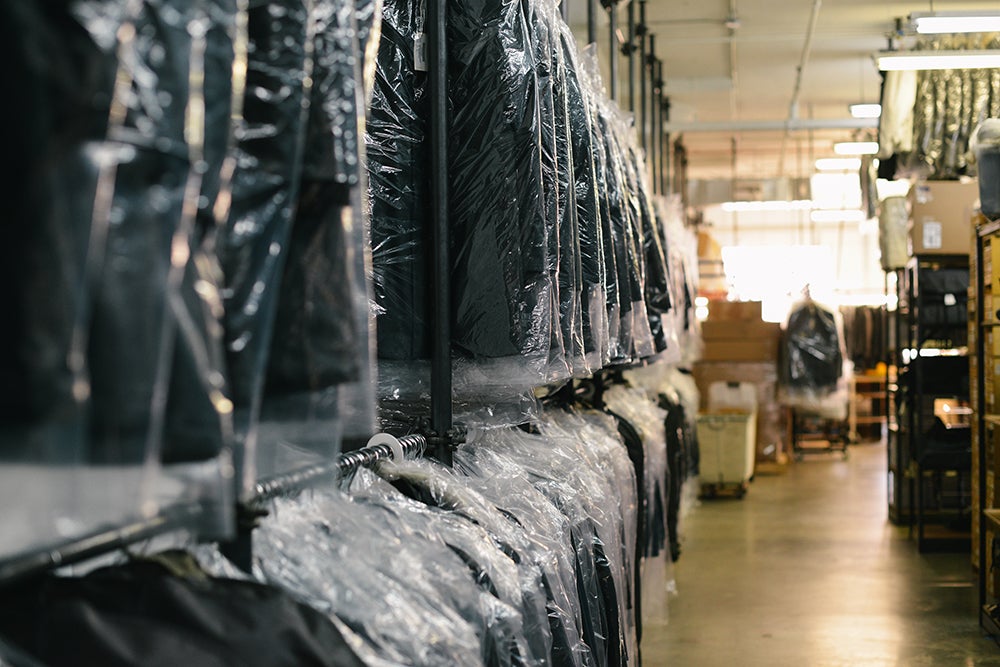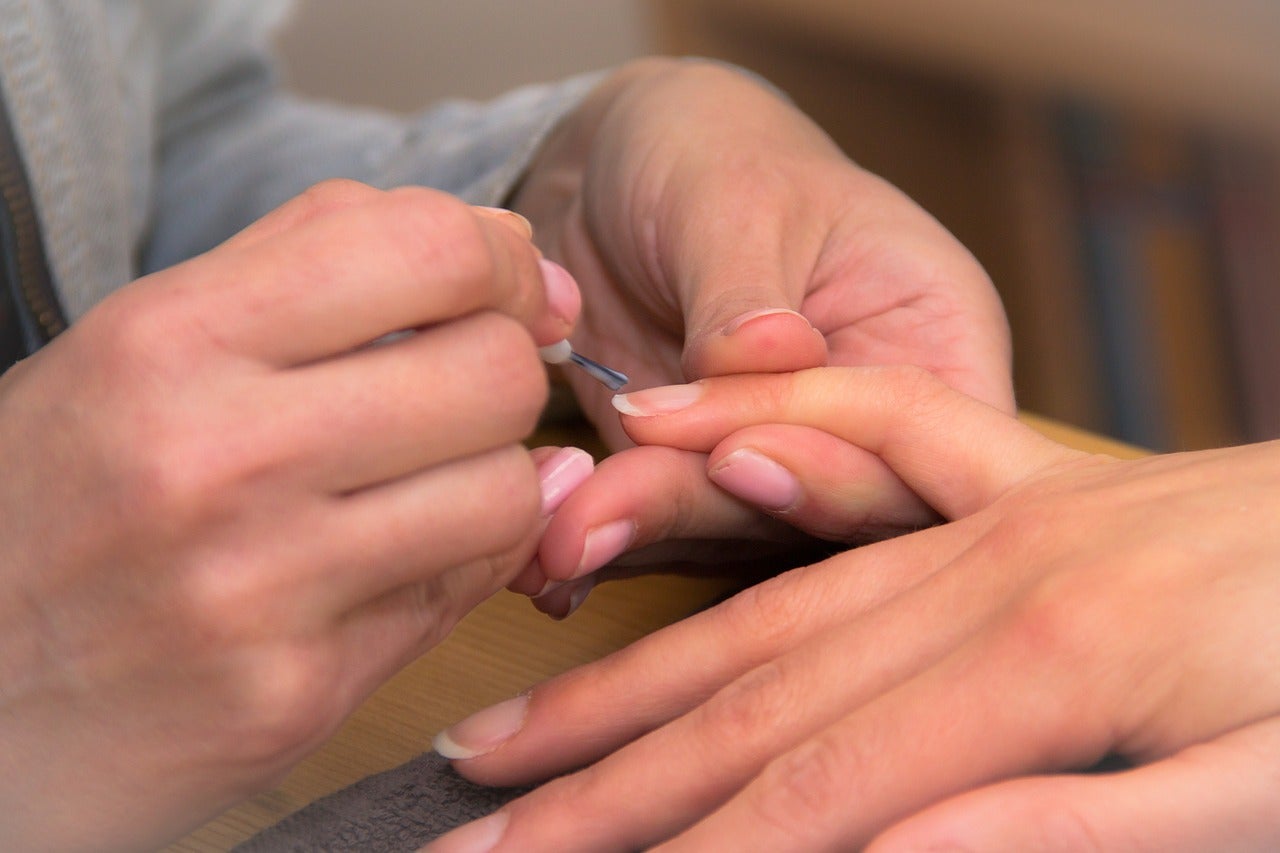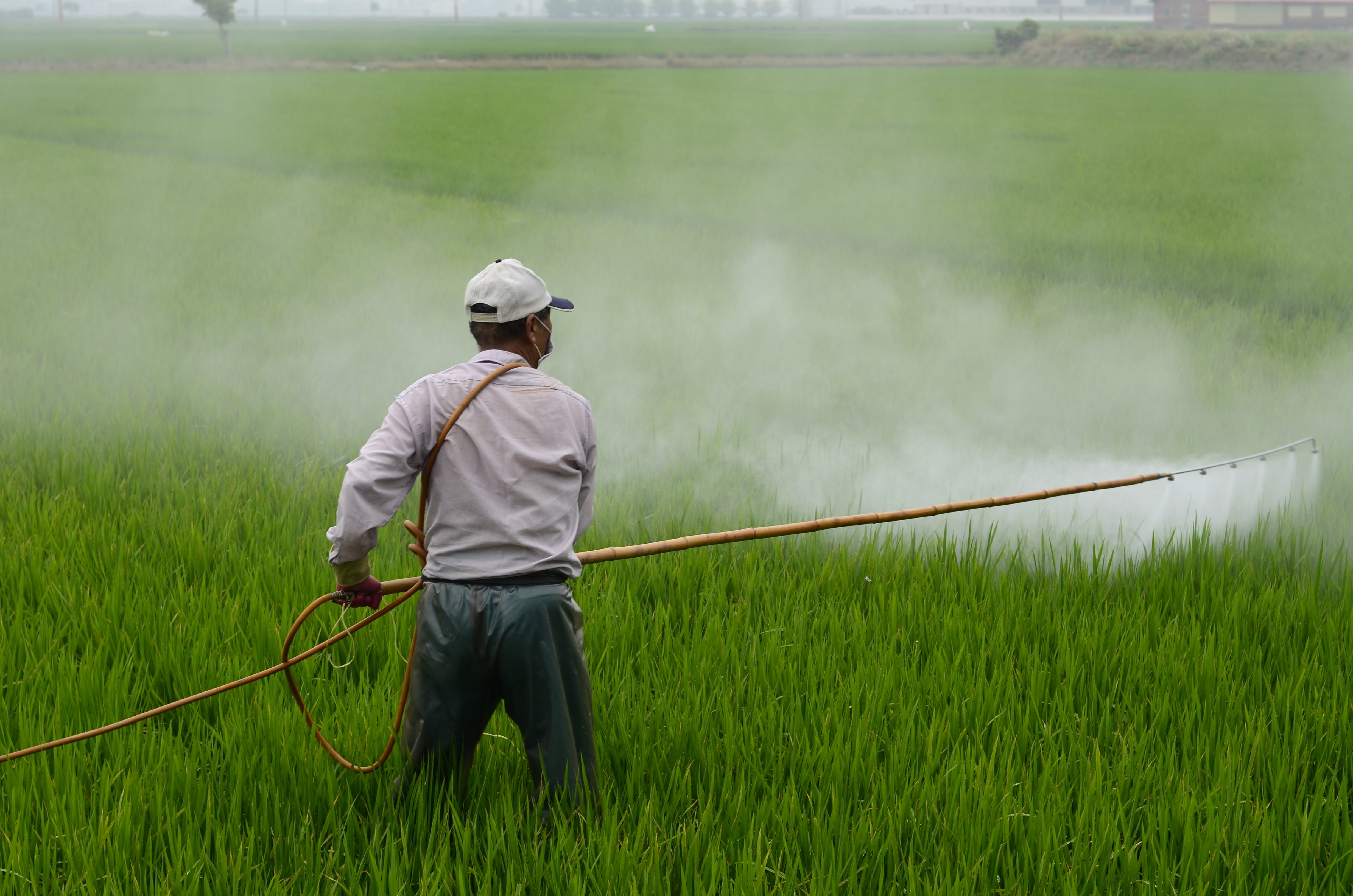Photo by: Pixabay user skeeze.
Chemicals in the workplace can have a direct impact on your health—and even the health of your family.
The Background: For some people, working with dangerous chemicals and heavy metals is just part of the job. The right safety gear and procedures can keep workers healthy, but in the case of newer, more recently-created chemicals, the health risks are often unclear.
Clothing Conundrum: Dry cleaning is one common field that relies on toxic solvents. The industry is moving away from an older, carcinogenic chemical called percholroethylene (PERC), and adopting new solvents called butylal and high-flashpoint hydrocarbons. The health impact of those substances isn’t yet clear, but their byproducts can include butanol, a known irritant, and formaldehyde, a possible carcinogen. Harvard Chan School researchers are looking into the effects of the chemicals on workers.
Heavy Metal: Lead and other heavy metals can pop up in a wide variety of workplaces. One Harvard Chan School study found lead on surfaces throughout a battery recycling facility, a firing range and gun store, and an electronic scrap recycling facility. The lead appeared on non-production surfaces, meaning that employees could come into contact with it even when not directly handling the metal. That could lead to higher levels of exposure for workers, and possibly family members if they return home without washing or changing from contaminated clothes.
Bringing Home Trouble: Chemicals and dust from heavy metals in the workplace can be invisible to the naked eye, and have no smell. They can attach to clothing, skin, hair, and personal belongings. That dust can get into the home if workers return without washing, or wear the same clothes and shoes home that they wear at work. Even contaminated items such as protective gloves or a travel coffee mug can carry the dust home, where it can transfer to workers’ cars, furniture, and floors, and expose family members. Children are at particular risk since they play on floors, and are more likely to put hands and other objects in their mouths.
“Take home” can happen with many different chemicals: metals like lead and mercury, pesticides, flame retardants, polychlorinated biphenyls, and polyaromatic hydrocarbons, to name a few.
Resources:
- Occupational Exposures to New Dry Cleaning Solvents
- Are “Green” Dry Cleaning Solvents Bad for Our Health?
- Health and Safety in the Dry Cleaning Industry
- Lessons Learned from Surface Wipe Sampling for Lead in Three Workplaces
- Are You Bringing Toxic Chemicals Home from Work?

Firefighters' gear may contain toxic chemicals
These "forever chemicals" don't degrade easily and are linked to cancer, low birth weights, diabetes, reduced fertility, and immune system suppression.

Occupational Exposures to New Dry Cleaning Solvents
This study explores the impact of common dry cleaning solvents on workers' health.

Lessons Learned from Surface Wipe Sampling for Lead in Three Workplaces
Insights to protect workers and their families from exposure to lead.

Flight attendants keep getting sick. It’s likely because of their uniforms.
Everyday chemicals are everywhere, even in some clothing. What do you do when you're required to wear a uniform that makes you sick? Harvard Chan School's Eileen McNeely weighs in.

Pushing Policy for Polishes
Although it is encouraging to see nail polish products eliminating some chemicals of concern, many challenges remain when nail technicians or consumers want to choose safer nail polishes.

Are You Bringing Toxic Chemicals Home from Work?
Some types of work create lead dust that is invisible to the naked eye, and has no smell. Even though you can’t see it, the dust attaches to your clothing, skin, hair, and personal belongings, and you take this dust home with you if you don't wash or separate your clothing before leaving work.

Research links air quality, air safety
Harvard Chan School investigators see dip in pilot performance when carbon dioxide levels rise.

Stale Cockpit Air May Be Dulling Your Airline Pilot’s Performance
Airliner cockpits can have levels of carbon dioxide elevated enough that in simulations it causes pilots to fail test maneuvers at higher rates than normal, a new Harvard University study has found.

A pilot's performance is affected by cockpit CO2 levels
The air quality in a cockpit directly affects how well an airplane pilot performs, according to research.

Team Boston Fire Bikes PMC For Fellow Firefighters
A group of Boston Firefighters has teamed up for this year’s Pan-Mass Challenge, a two-day bike ride across Massachusetts to raise millions of dollar for cancer research and treatment at Dana-Farber Cancer Institute.

Occupational Exposures to New Dry Cleaning Solvents
This study explores the impact of common dry cleaning solvents on workers' health.

Lessons Learned from Surface Wipe Sampling for Lead in Three Workplaces
Insights to protect workers and their families from exposure to lead.

Are “Green” Dry Cleaning Solvents Bad for Our Health?
There are about 36,000 commercial dry cleaning shops in the United States. These shops are usually small businesses that are marginally profitable and owned and staffed by individuals with limited English proficiency. Due to these economic and logistical factors, they can have challenges maintaining a safe and healthy workplace.
